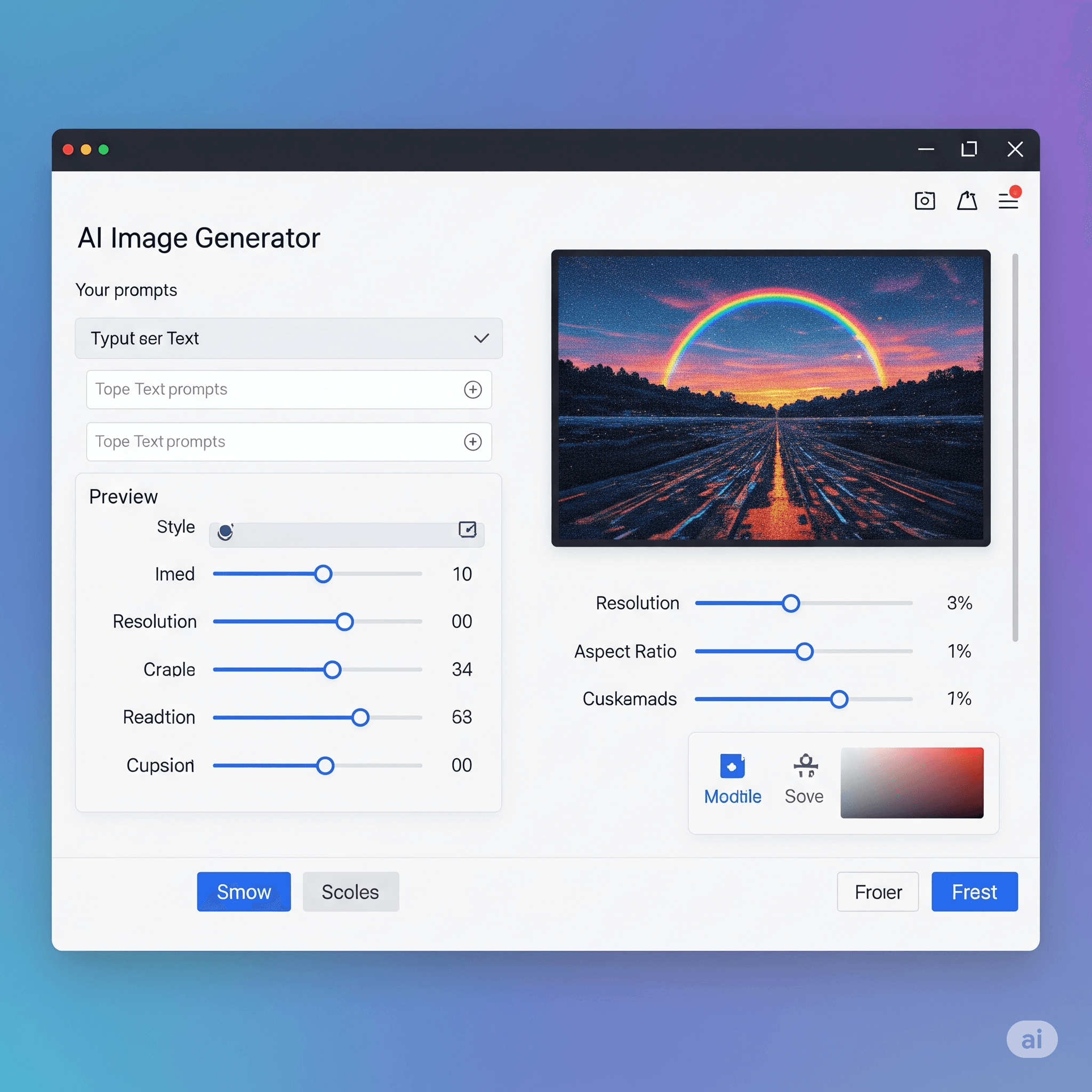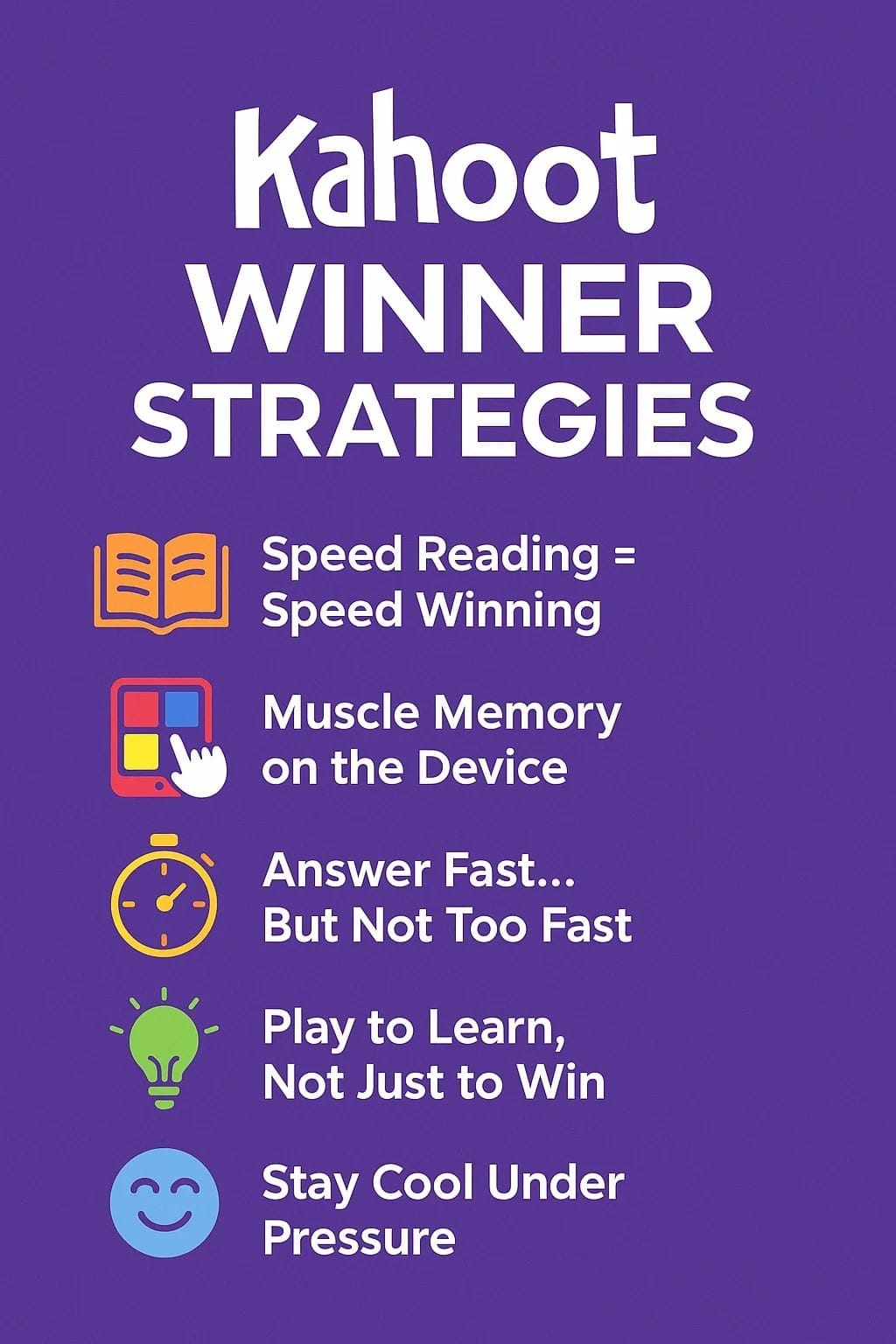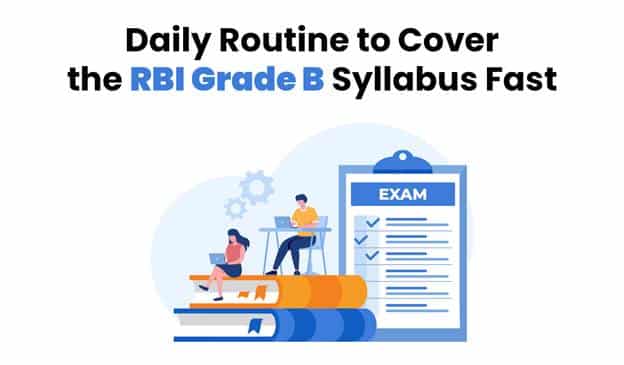Question: In HTTP, the message sent from the client to the server is called a ______.
Answer:
In HTTP, the message sent from the client to the server is called a "Request."
The client initiates an HTTP request to the server to request a specific action or resource. The request message contains information such as the HTTP method (GET, POST, PUT, DELETE, etc.), the target URL or resource path, headers for additional request information, and, in some cases, a request body containing data to be sent to the server.
The HTTP request message is composed of several parts, including the following:
1. Request Line: It includes the HTTP method (e.g., GET, POST) and the target URL or resource path. For example: ``` GET /api/data HTTP/1.1 ```
2. Request Headers: These headers provide additional information about the request, such as the host, user-agent, content-type, and accepted language. Example headers include: ``` Host: example.com User-Agent: Mozilla/5.0 (Windows NT 10.0; Win64; x64) Chrome/90.0.4430.212 Accept-Language: en-US,en;q=0.9 ```
3. Request Body (optional): The request body is present in certain request methods like POST or PUT. It contains the data or payload to be sent to the server. For example, when submitting a form or sending JSON data. The request body is typically preceded by a `Content-Type` header specifying the format of the data being sent.
Together, these components make up the HTTP request message that is sent from the client to the server to initiate a specific action or retrieve a resource.
MCQ: In HTTP, the message sent from the client to the server is called a ______.
Explanation:
In HTTP, the message sent from the client to the server is called a "Request."
The client initiates an HTTP request to the server to request a specific action or resource. The request message contains information such as the HTTP method (GET, POST, PUT, DELETE, etc.), the target URL or resource path, headers for additional request information, and, in some cases, a request body containing data to be sent to the server.
The HTTP request message is composed of several parts, including the following:
1. Request Line: It includes the HTTP method (e.g., GET, POST) and the target URL or resource path. For example: ``` GET /api/data HTTP/1.1 ```
2. Request Headers: These headers provide additional information about the request, such as the host, user-agent, content-type, and accepted language. Example headers include: ``` Host: example.com User-Agent: Mozilla/5.0 (Windows NT 10.0; Win64; x64) Chrome/90.0.4430.212 Accept-Language: en-US,en;q=0.9 ```
3. Request Body (optional): The request body is present in certain request methods like POST or PUT. It contains the data or payload to be sent to the server. For example, when submitting a form or sending JSON data. The request body is typically preceded by a `Content-Type` header specifying the format of the data being sent.
Together, these components make up the HTTP request message that is sent from the client to the server to initiate a specific action or retrieve a resource.
Discuss a Question
Related Questions
- 1. HTML uses
- 2. HTML tags define
- 3. CGI is mostly associated with a _______ document.
- 4. Java is mostly associated with a _______ document.
- 5. The advantages of XML over HTML are (i) It allows processing of data stored in web-pages (ii) It uses meaningful tags which aids in understanding the nature of a document (iii) Is simpler than HTML (iv)It separates presentation and structure of document
- 6. In HTTP, the message sent from the server to the client is called a ______
- 7. A request or a response in HTTP is made of _______ components
- 8. The first section of a request message in HTTP is the __________.
- 9. The tag used in HTML to link it with other URL’s is
- 10. The tags used for specifying fonts BOLD and Italic in HTML are (i) “<B>” (ii) “<I>” (iii) “<U>” (iv) “<L>”
You may be interested in:
Web Fundamental MCQs






